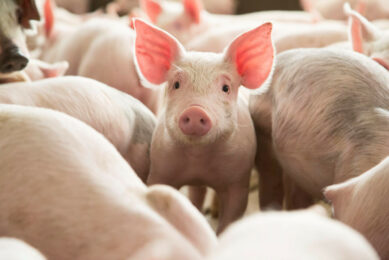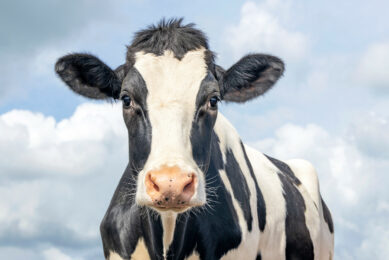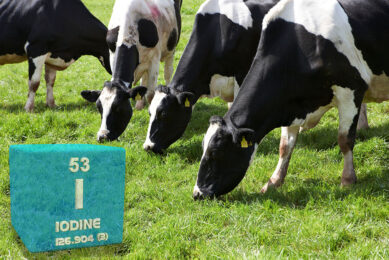Organic trace elements in pet food

Some pet foods have added trace elements bound to an organic compound. These organic trace elements are purported superior to their inorganic counterparts and some say that they are more efficiently utilised and promote better health of dogs and cats.
Many pet foods contain added trace elements, such as zinc, iron, copper, manganese and selenium, bound to an organic compound. These organic trace elements, including chelates, are purported superior to their inorganic counterparts. According to claims they are more efficiently utilised and promote better health of dogs and cats.
When the ingredient mixture of a pet food formula provides lesser trace elements than the requirement of the target animals, supplementing the food is necessary. Either inorganic or organic elements can be used to bridge the deficit so that adequate intake is attained. If a certain organic element is absorbed more efficiently, a smaller quantity of the element is needed, but the high cost per unit element makes it uneconomical.
Absorption – trace elements
With increasing intake and intestinal absorption of trace elements, the body stores expand and trigger homeostatic regulation. On the edge of toxicity, element absorption is minimal and excretion maximal. Some organic elements are believed to cross the intestinal wall by either passive transport or carrier systems for the organic part of the molecule. These element sources bypass downregulation of absorption which is undesired from a teleological point of view.
Trace elements absorbed as organic compounds must be released prior to supporting bodily functions. Dietary selenomethionine raises tissue selenium contents when compared with the inorganic selenite. The extra selenium is incorporated into tissue proteins in the form of selenomethionine and selenocysteine. Degradation and oxidation of selenoproteins could result in the synthesis of non-bioavailable selenium complexes.
It is difficult to see why intake of a trace element beyond the recommended allowance would promote health and why the organic type would work better than the inorganic one. In any event, there is no information in the public domain with regard to dogs and cats. Possibly, suppliers of organic trace elements possess solid research data on health benefits. That substantiation is essential to pet food manufacturers wishing to use organic trace elements for health claims rather than as a hollow marketing tool.











